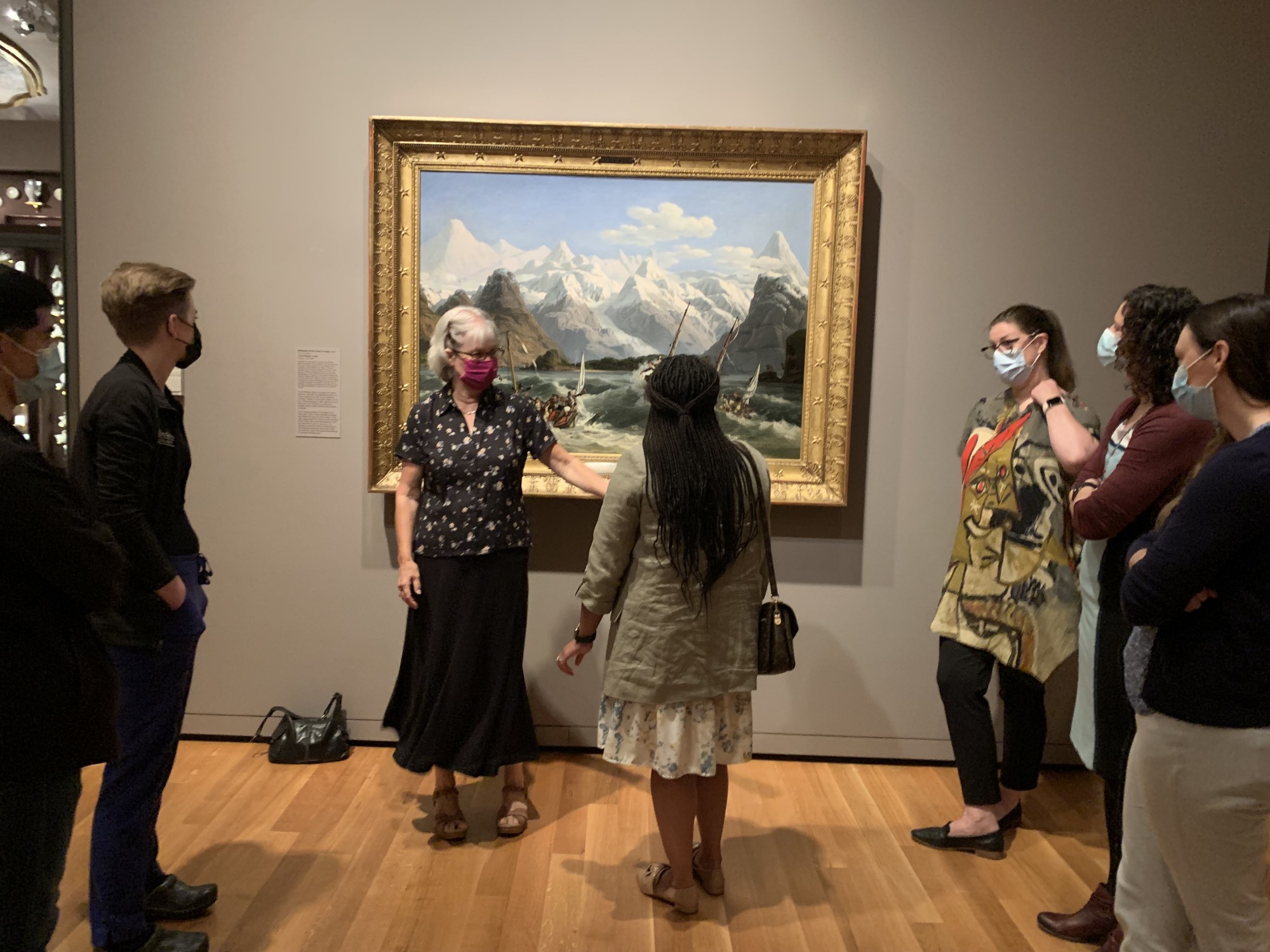
Pathway Overview
Learn More
Explore all Pathway programs offered through the UW School of Medicine.
The medical humanities – which includes art, music, literature, drama, writing, dance, philosophy, history, and more – can enrich our lives in medicine, increase our ability to observe, help us understand perspectives other than our own, shed light on community concerns and the role we play in questions of justice, inspire artistic expression, and allow us to cultivate a deep understanding of the humanity of not only our patients but ourselves, giving us tools we need to provide high-quality patient-centered care.
The Humanities and the Arts Pathway (HAP) provides a unique educational experience for medical students to thoughtfully and creatively engage with patient stories and the experience of becoming a physician using specialized modules, clinical experiences, reflection, and creative expression.
Previously HAP was a pilot project for Seattle-based students. As of Fall 2023, the Pathway accepts students from all WWAMI regions.
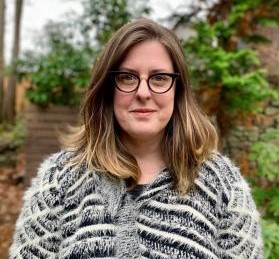
Program Contact
Andrea Kalus, MD
Pathway Faculty Advisor
she/her/hers
humanitiespathway@uw.edu
How To Apply
Applications are now closed for the Fall 2025 cohort.
Please Note: Acceptance is currently limited to seven students.
Students who participate in the pathway are required to take BH 510: Humanities in Medicine during Spring Quarter 2026.
To apply to the Humanities and the Arts Pathway, you must be a first-year medical student currently enrolled at the University of Washington School of Medicine.
Humanities & Medicine in the News
Explore additional news and stories featuring humanities and medicine.
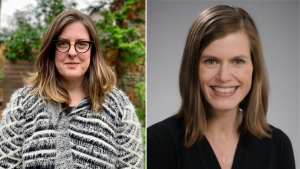
Drs. Andrea Kalus & Molly B. Jackson Awarded $5K for Med Student Art Program
Congratulations to Andrea Kalus, MD, and Molly Blackley Jackson, MD, who have recently been awarded a $5000 grant to support their collaborative project.
learn more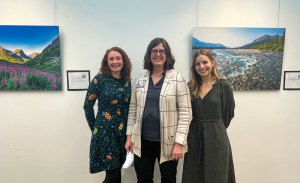
HAP Celebrates First Graduate Art Show
The Humanities and the Arts Pathway (HAP)’s inaugural Graduate Art Show is currently on display at UW Medical Center-Montlake Sky Gallery, showcasing capstone projects from the first two graduates of the program.
learn more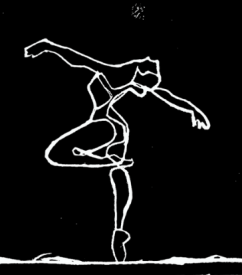
The Huddle: Art Show Connects Medical Students and Providers
First-year medical students participated in the (Im)Printed art exhibition as part of their Foundations of Clinical Medicine course. The art exhibition encouraged reflections on identity, relationships and purpose.
learn more- "The beauty of medical language," Danielle Ofri, Perspectives The Art of Medicine, March 2022.
- "Healing arts: The synergy of medicine and the humanities," Audrey Shafer, Stanford Medicine, Winter 2017. (Stanford article)
- "UW uses artwork to help sharpen visual skills of future doctors," Kyung M. Song. Seattle Times, Dec. 2008. (Seattle Times article)
student spotlights
Meet some of the students in the Humanities and the Arts Pathway program.
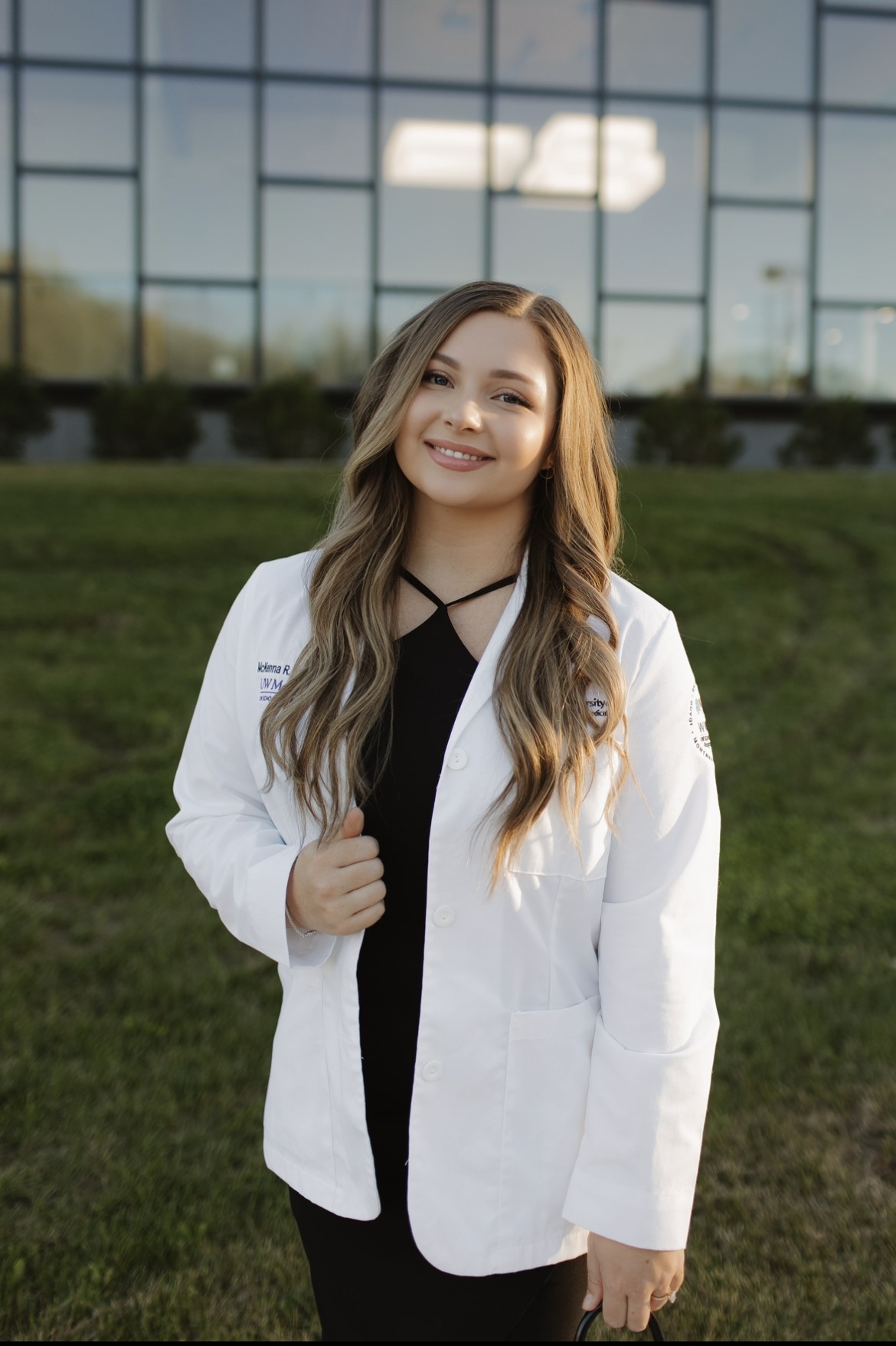
McKenna Karsten
UW Medical Student
Pronouns: she/her/hers
Creativity has always been a big part of my life, shaped by growing up in a family where it was encouraged and celebrated.
For me, painting has always been a deeply personal way to express myself. It’s a form of journaling when words don’t come easily, and it helps me reflect and process my emotions. These creative outlets have not only enriched my life but also shaped how I think and communicate—skills that are essential as I move forward in my medical career.
Throughout my life, art has been an important form of expression and reflection for me, often serving to connect with myself and others. From a young age, I found my own healing in painting and drawing, connecting with myself in the process. This interest has only grown as I’ve entered medicine, where I’ve noticed a striking connection between creativity and the practice of medicine. Many of the physicians I’ve shadowed and worked alongside have embraced creative outlets such as pottery, photography, and music, using these forms of expression not only to balance their demanding lives but also to connect with their patients on a deeper level. Witnessing this has shaped my belief that creativity is essential for fostering empathy and engaging with the humanity of each patient.
I see the Humanities and the Arts Pathway as an opportunity to integrate creativity into my medical education, helping me better connect with patients through their unique stories and expressions. This pathway aligns with my desire to approach medicine holistically, honoring the individuality of each person I care for. By strengthening my creative instincts, I hope to strengthen my ability to see patients for their individuality and develop a stronger ability to serve my patients with a creative mindset. This pathway also provides balance during my training, allowing me to cultivate skills for reflection and growth, ensuring I remain connected to this unique side of myself.

The spotlight title goes here
The spotlight subtitle goes here.

The spotlight title goes here
The spotlight subtitle goes here.
Sidenote
Here is some example text for the sidenote. Try to keep this text short because it will live in the right-hand margin.
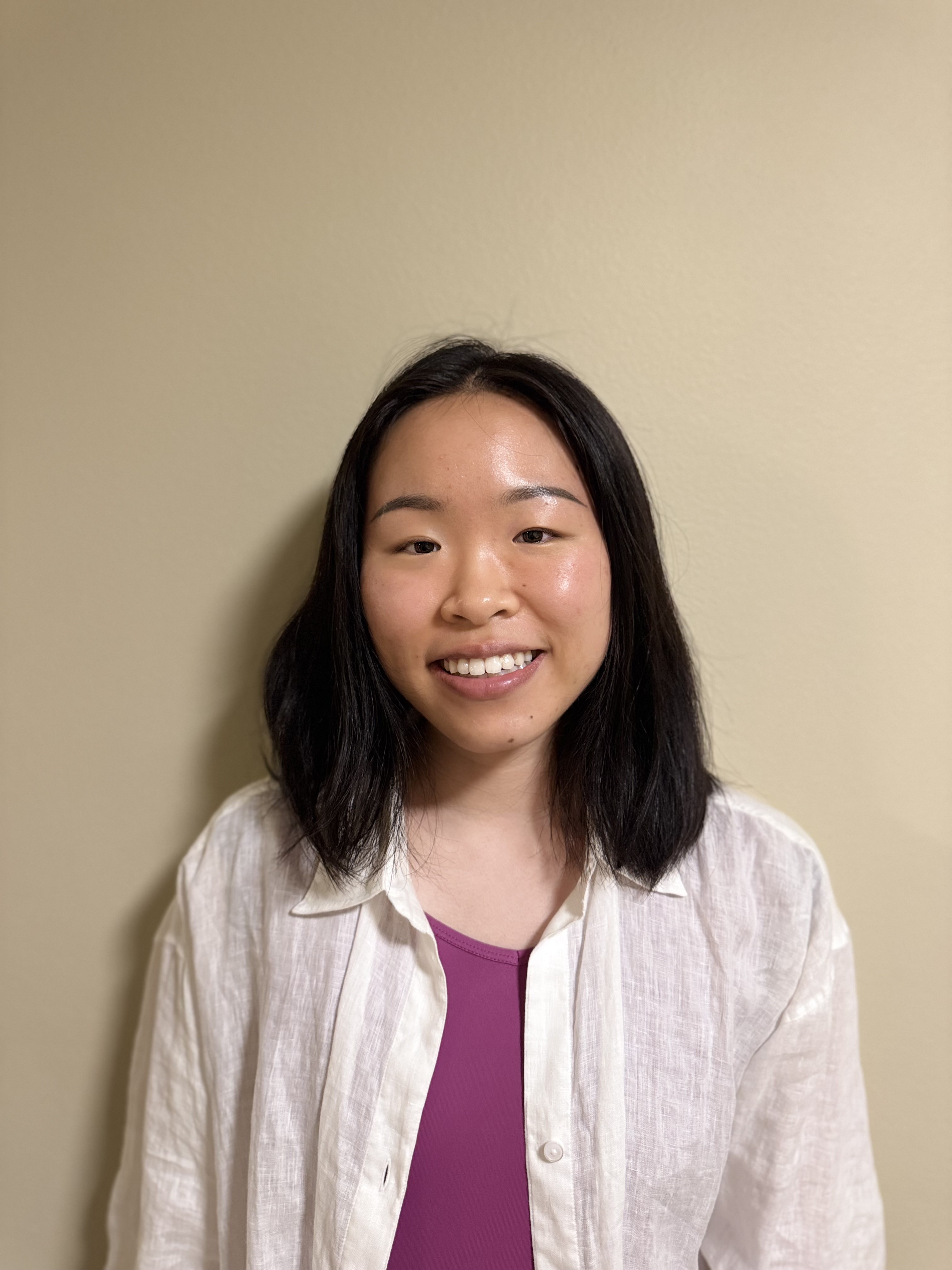
Debbie Wang
UW Medical Student
Pronouns: she/her/hers
Writing has always helped me make sense of the world. During college at Vanderbilt, I was a writer and later editor of the campus newspaper. I went on some truly amazing assignments, such as interviewing Ann Patchett, one of my favorite authors, at her Nashville bookstore Parnassus. After graduating, I founded the narrative medical journal “Go to the People” to shed light on the field of street medicine. The project eventually culminated in a published edition where the unhoused and the physicians who serve them shared their stories through essays and oral recordings.
As I entered medical school, I knew I wanted to explore narrative medicine further, and the electives offered at UW have not disappointed! I’ve been able to roam the Seattle Art Museum through a course focused on visual thinking strategies and refine my storytelling skills through a narrative writing class with local physician-author Dr. Emily Transue.
These experiences have deepened my belief in the power of narrative to foster trust between communities and the healthcare system. As a future physician, I hope to integrate writing into my practice in meaningful ways, whether by leading reflective writing activities, publishing short stories, or even writing my own book.
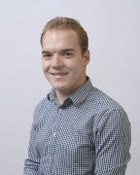
Alex Thuesen
UW Medical Student
Pronouns: he/him/his
Music has been a lifelong pursuit, shaping both my personal and professional growth. Growing up in Red Lodge, Montana, I had the privilege of exploring various facets of the musical world. Despite the rural setting, I performed piano at retirement homes, local saloons, and community centers, and played guitar with a school band, at open mic nights, and alongside peers during my undergraduate years in Bozeman. These opportunities deepened my appreciation for the transformative power of music, yet I am acutely aware that many youth and adults in the communities I serve lack access to similar experiences.
While pursuing my medical education at the University of Washington School of Medicine’s Montana Foundations site, I have continued to nurture my passion by taking piano lessons through Montana State University. Although my academic responsibilities limit my opportunities for guitar or bass performance, music remains an integral part of my life. During my gap years, I volunteered at Wild Roots Therapy in Billings, where I worked with disadvantaged youth. This experience opened my eyes to the pervasive effects of socio-educational and economic disparities on childhood development. I hope to combine my passion for music with my medical training to foster community well-being, bridging the gap between public health initiatives and the joy of artistic expression. I envision using the HAP to enhance my therapeutic approach, fostering more sentimental and compassionate connections with patients beyond the often cold and analytical perspective gleaned from traditional classroom settings.




